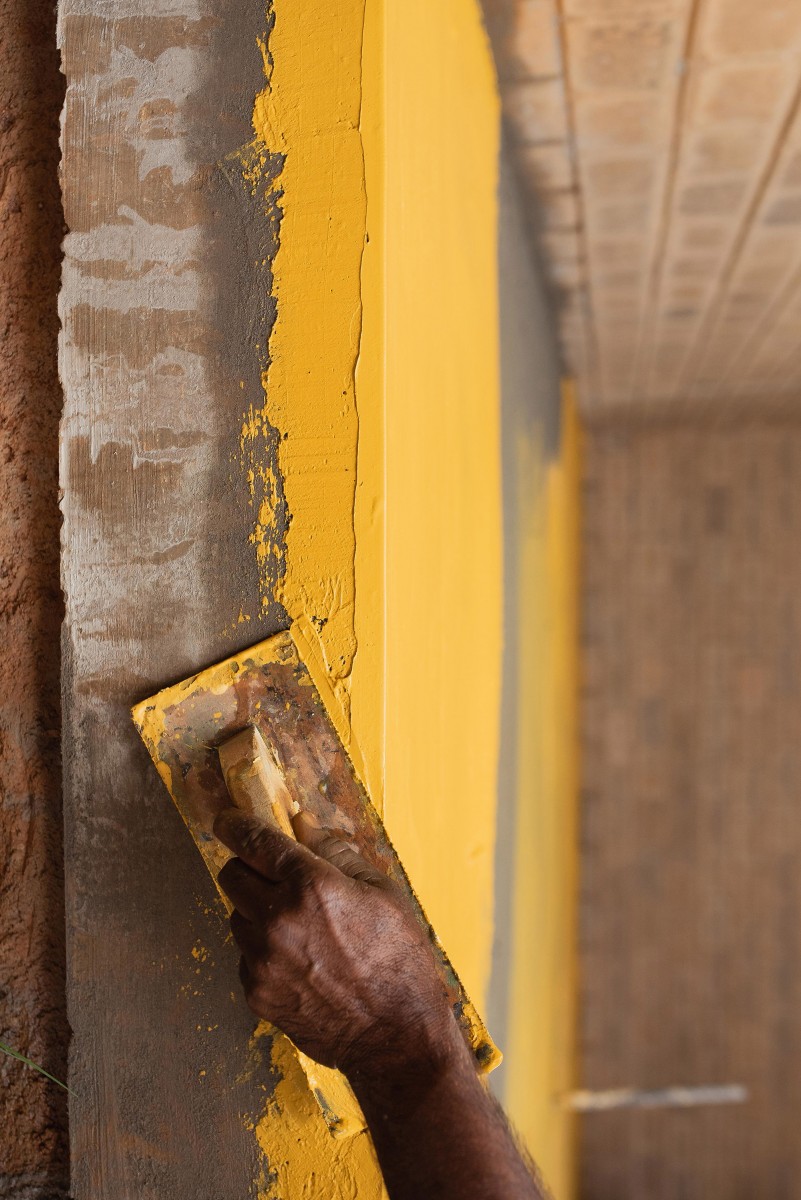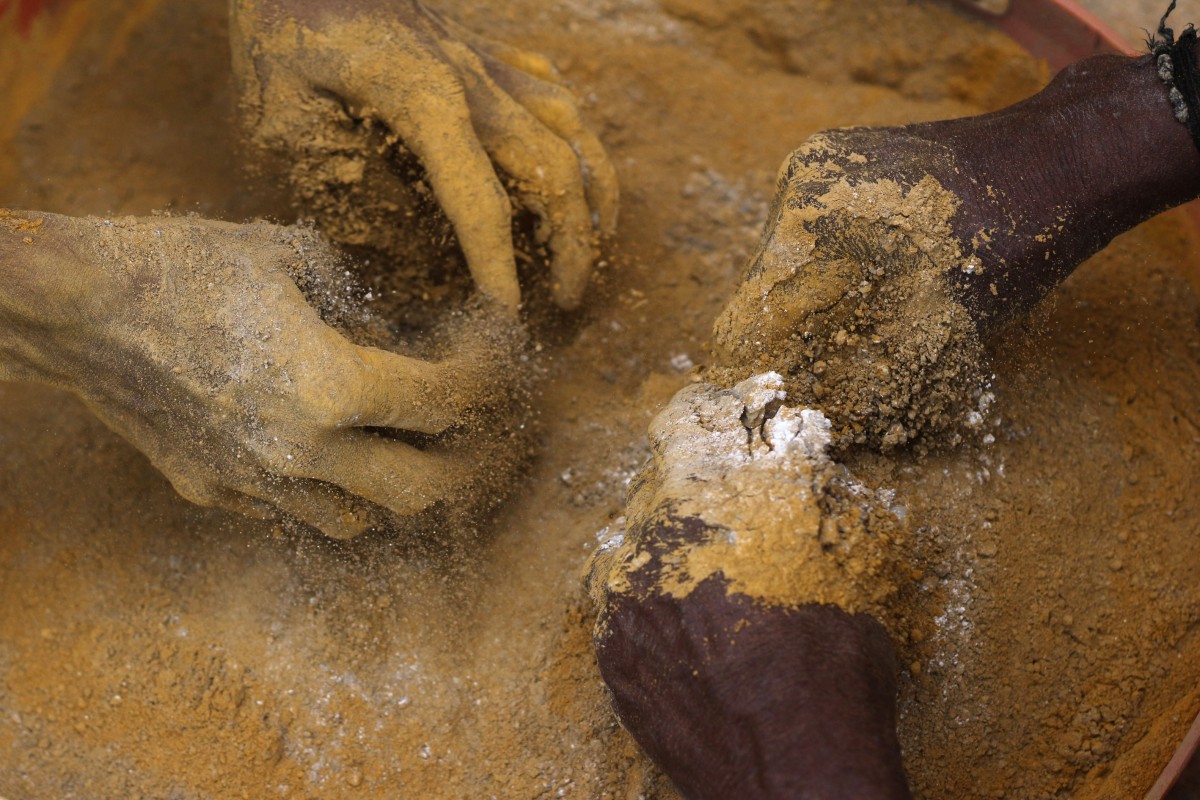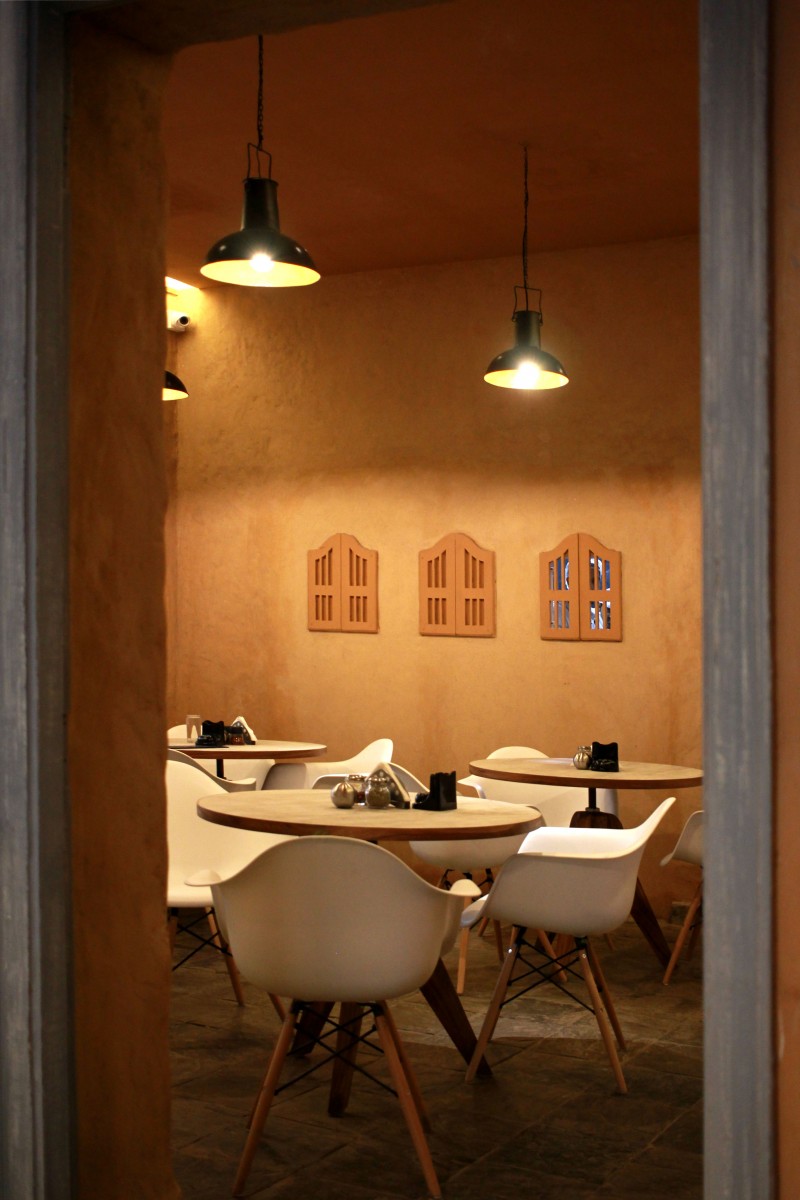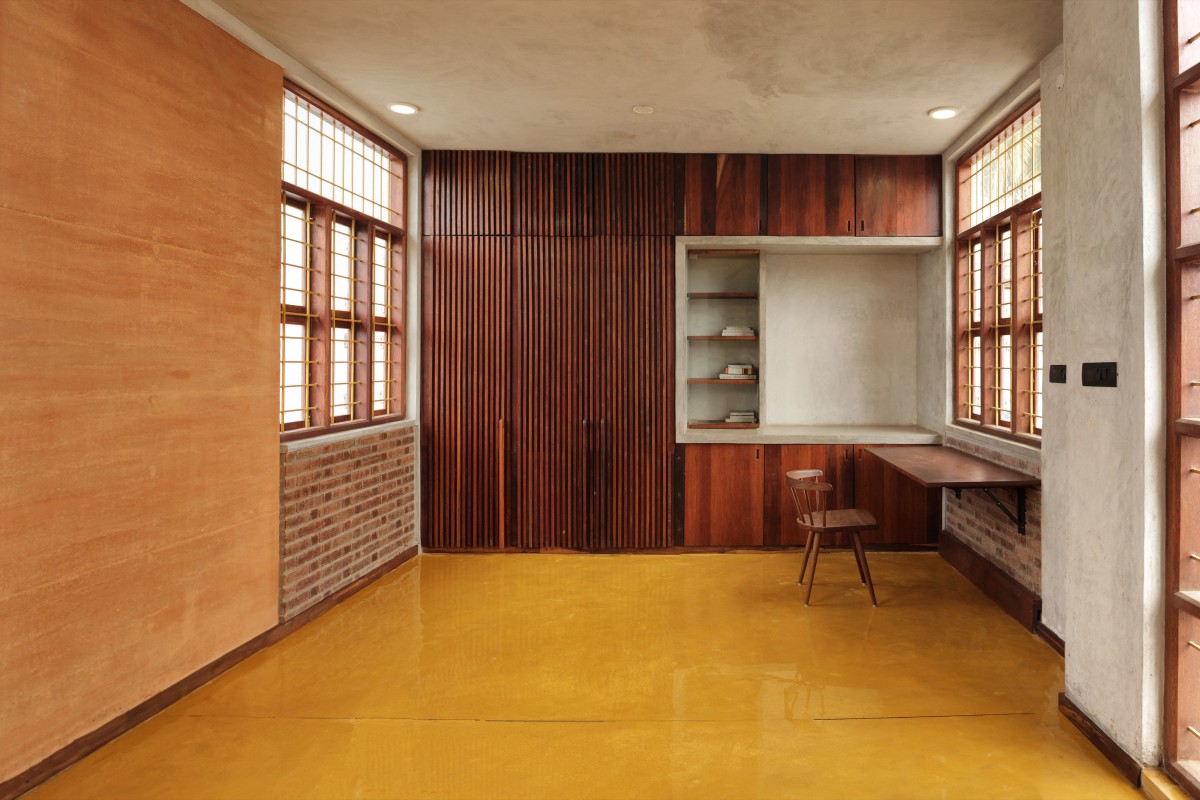Frequently Asked Questions

How are natural plasters made and where do the raw materials come from?
We make natural plasters by mixing carefully proportioned raw materials such as clay, lime, stone dust, pigments and other natural additives. Material sources are numerous and common. After research, we choose our sources based on considerations such as distance that the material has to travel to reach us, the mode of extraction, and the environmental and social impact of the entire process.
What kind of pigments are used in the plasters?
Natural plasters have natural tones of the material itself, such as the greys of grey clays, the reds of terracotta clays, the whites of lime and all the shades in between. In addition, when we do need to create particular shades or richer shades like yellow, blue, or green; we use stable metal oxide pigments that are non toxic and completely safe. These pigments have close to zero emissions of volatile organic compounds (VOC).

Are natural plasters strong?
Plaster is a finishing layer, which does not play a role in the structure of a building. However we can talk about it’s scratch and dent resistance. Lime plasters are delicate only for the first three to four weeks after application, during which time they carbonate and gain strength. After this period of time, they match the scratch resistance and dent resistance of any regular finished wall, if not more. Pure clay plasters tend to be softer than lime plasters and reach their final strength faster than lime.
How durable are the plasters?
Natural plasters are held together by binders such as lime and clay. These exist in nature in their stable states. Ideally the natural finish would last a lifetime, but it is more pragmatic to say that they would last as long as the walls behind them and as long as they are not tampered with. Natural plasters can be endlessly customised in the form of clay plasters or lime plasters or even a mix of both. While lime plasters harden and are water resistant, clay plasters are softer and are not water resistant. When it comes to the durability of the colors, the depth of green and blue shades tends to reduce overtime, especially when exposed to direct sunlight.
Do natural plasters require more maintenance than painted surfaces?
A plastered wall cannot be directly compared to a painted wall. With natural plasters, the possibilities are endless but once applied, one should avoid touch-ups. Each plaster is different, and it’s properties will differ based on requirement and the desired aesthetic. Largely most of our finishes require little or no maintenance, as long as their location and use is relevant to their properties.
Can damaged natural plasters be repaired?
To some extent but not without leaving a mark. Our plaster omits no part of the stories it tells! It is essential to ensure a good protection of the walls during the last stages of construction and the early days of the occupation of the space. We usually leave with you a nicely packed pack of plaster mix (say it thrice, fast!), so you can touch it up if something were to happen.

At what stage of a building process should we engage with natural plasters?
The building site tends to be a chaotic collaboration of many hands. Lime and Clay plasters are quite sensitive during the first few weeks. They are susceptible to chips, dents and scratches. For this reason, we prefer that all civil works, flooring, skirting, electrical wiring, plumbing, ceiling finishes and painting is complete before we start. However, since the plastering is a water intensive process, hardwood/ veneer work can be put on hold until the plasters are completed. Painted surfaces around the plastered wall might require a minute touchup after we complete the plasters.
What surfaces can natural finishing plasters be applied on?
Plasters are meant to be applied on rigid and non flexible surfaces, which would, in most cases, translate to masonry, cement and ferrocement surfaces. If anticipated, the base plasters can be made rough to facilitate easy and continuous application of the finishes. In case your project doesn't yet have base plasters, do get in touch, our engineers will be able to help your team in understanding the most suitable surfaces for natural plasters.
Can we apply natural plasters on existing painted walls?
We can. But it pains us to strip off paint, hack and bring down a surface that has already taken the dedication of a mason, the effort of a painter, the material and the energy to put it up. We prefer to plan for the plasters much in advance. Let’s talk about it.
Can we apply natural finishing plasters to partition walls ( gypsum board, plywood, etc)?
We would not encourage finishing plasters on surfaces that have a tendency to vibrate, flex or even bend. This can eventually cause the finishing plasters to crack or dissociate. Plastering is also a water based technique, which could damage materials like plywood and particle boards. As with all rules, there are some exceptions, and then some. On the other hand, clay paints are well suited to applications like this.
“How can I avail your product?”
We do not make or sell a product. Our designers and artisans work with you, your building and your aspirations to bring natural plasters into your space, to bring you a little bit of ‘the handmade’ that you can call your own.
How much do natural plasters cost? At least tell me a price range!
There is no limit to the variations and possibilities of what one could do with natural plasters. To be straightforward, the costing is dependant not only on what finish or material we choose, but also on the location, and the scale of work for our team. Cost is an inevitable practicality. First let us dream together! For now, we can assure you that we are pragmatic and that our fee is always proportional to the effort we put to make each of our projects unique!
Is both manpower and material taken care of?
We are a team of Designer-Artisans, a breed of dreamers and doers (and quite stubbornly so). Apart from some logistical help here and there, you can stand back and watch as we do our thing!
Where are you based? Where do you take up projects?
Our studio is in Bangalore and a part of our team operates from Mysore.
We collaborate on projects pan India (based on scale & feasibility ).
You want to use natural plasters in your project ?
